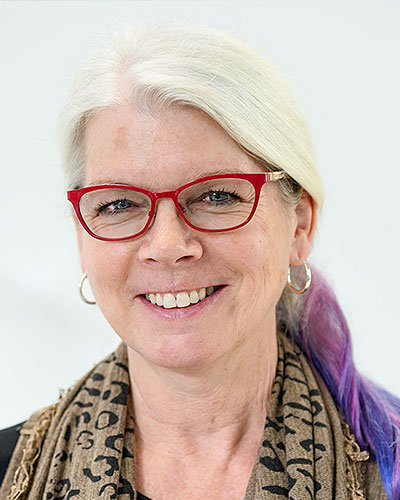
You may know that the pillars of the US bioeconomy are biotechnology and biomass. The year – 2021- has already started with an emphasis on the importance of biomanufacturing at scale, namely but not only the biomanufacturing of covid-19 vaccines, biobased products that feature new vaccine technologies that make use of “messenger RNA”. My guess is that we’ll see more bioeconomy advances in biomanufacturing “at scale” such as sustainable aviation fuels, and also advances in distributed biomanufacturing, smaller efforts that emphasize the power of the strategic use of local and regional feedstocks and supply chains to create novel biobased products.
Followers of circular bioeconomy strategies and policies know that the US has not as yet placed much emphasis on developing circular bioeconomy programs, per se. That said, the US has documented the fact that it is capable of producing a billion tons of sustainable biomass on an annual basis, enough to generate 25% of biobased liquid transportation fuels needs, 50 billion pounds of biobased chemicals and bioproducts, reductions on CO2 emissions approximating 450 million tons, and 1.1 million direct jobs, keeping $250B in the US. There is growing appreciation among US thought leaders that there is a need to develop “flexible feedstock” conversion technologies to allow the US to capitalize on waste streams such as forest slash, agricultural residues, municipal solid waste, and waste gases such as CO2 and methane to help the US evolve toward a more circular bioeconomy.
Expectation #1 = safety!
Expectation #2 = a diverse group of participants with many opportunities to learn and make new partnerships
I think I would like to see a Youth Champions session as we did for the first time with the recent Global Bioeconomy Summit 2020. Raising awareness of the circular bioeconomy among the young, and encouraging the development of young leaders of future bioeconomies is sure to have positive impacts globally.